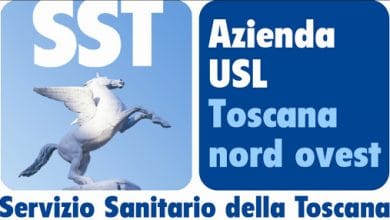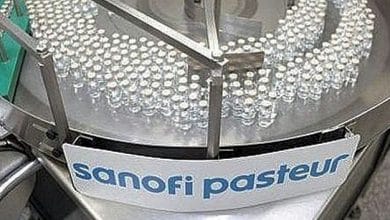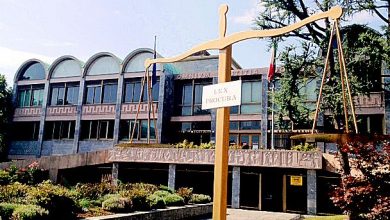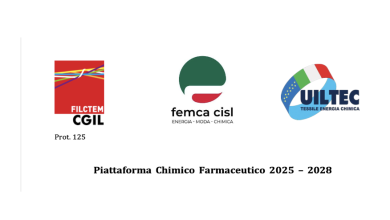
The analysis of the trend in pharmaceutical expenditure incurred by the NHS shows an increasing trend in 2022, after a period of substantial stability in spending paid by the NHS, which was observed in particular in recent years (2019 - 2021) corresponding to the pre- and post pandemic.
The expenditure for private purchases by citizens (about 8.4 billion in 2022) continues to be a substantial share of expenditure which also needs to be monitored for the purpose of assessing appropriateness.
Compared to the three-year period December 2018 - December 2021, in 2022 the gap between total expenditure and allocation seems to increase.
The sustainability of expenditure, when compared to the levels of funding envisaged (and specifically the expenditure relating to direct purchases), confirms the existence of regional differences: if, in fact, in a group of regions (Piedmont, Lombardy, Veneto , Emilia Romagna and Tuscany) which represent more than 45% of the total assisted resources cover almost all the expenditure, in other regions, despite the effect of 'compensation' between the two expenditure components, spending levels well above the available resources.
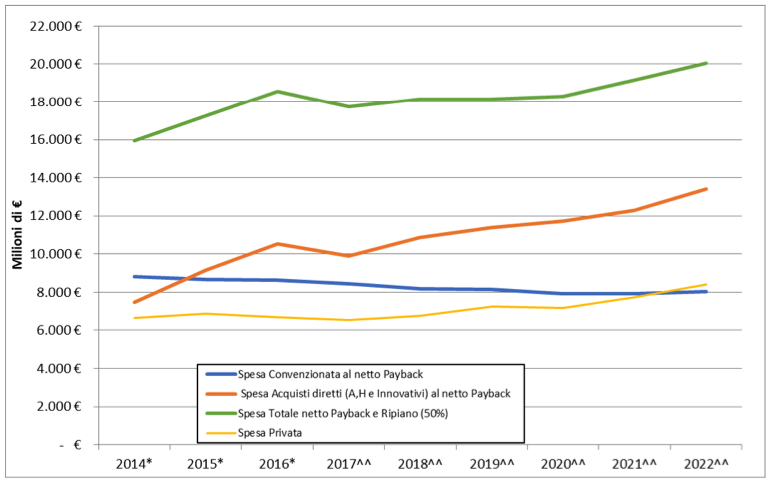 AIFA – Published on: 25 July 2023
AIFA – Published on: 25 July 2023
TOTAL EXPENDITURE:
Below are the graphs relating to the comparison between total Pharmaceutical Expenditure (Contracted + Direct Purchases, including Medicinal Gases) and total available resources (14.85% of the NSF) (Figure 8).
Compared to the three-year period December 2018 - December 2021, in which a gradual reduction in the distance between total expenditure and allocation was observed, however, in 2022 there seems to be a reversal of trend.
The effect of 'compensation' between the two expenditure components is observed only in some regions, while in others levels well above the available resources are observed. At the national level, expenditure exceeds available resources by 1.5%, a slight increase compared to last year. Considering the consolidated figure for 2022, the regions and autonomous provinces for which the compensation would generate a surplus of resources are Valle D'Aosta, PA Trento, PA Bolzano and Veneto.
Also for overall expenditure, in order to make comparisons possible, the regions and autonomous provinces have been grouped according to the following expenditure ranges:
- regions with a maximum spending value within 20 million euros (Valle d'Aosta, PA Bolzano, PA: Trento, Molise and Basilicata);
- regions with a spending range between 20 million and 60 million euros (Friuli Venezia Giulia, Liguria, Umbria, Marche, Abruzzo, Calabria and Sardinia);
- regions with a spending range of over 60 million euros (Piedmont, Lombardy, Veneto, Emilia Romagna, Tuscany, Lazio, Campania, Puglia and Sicily);


Related news: Monitoring of pharmaceutical expenditure (January - December 2022 final balance)

